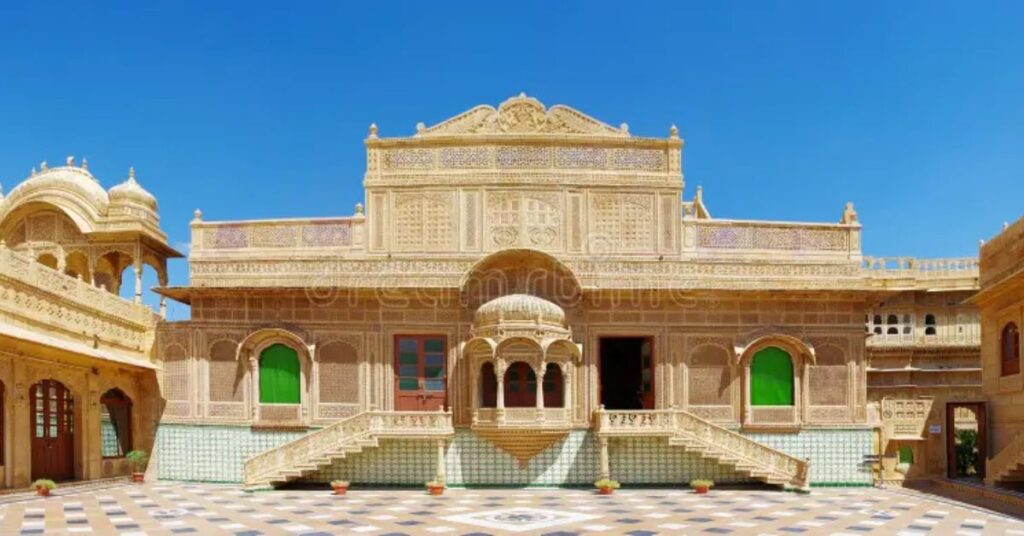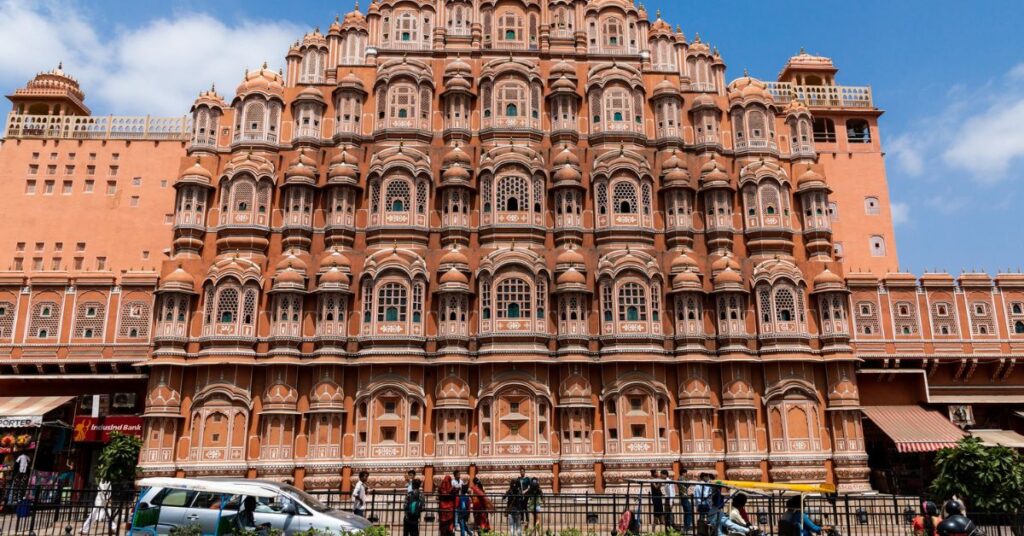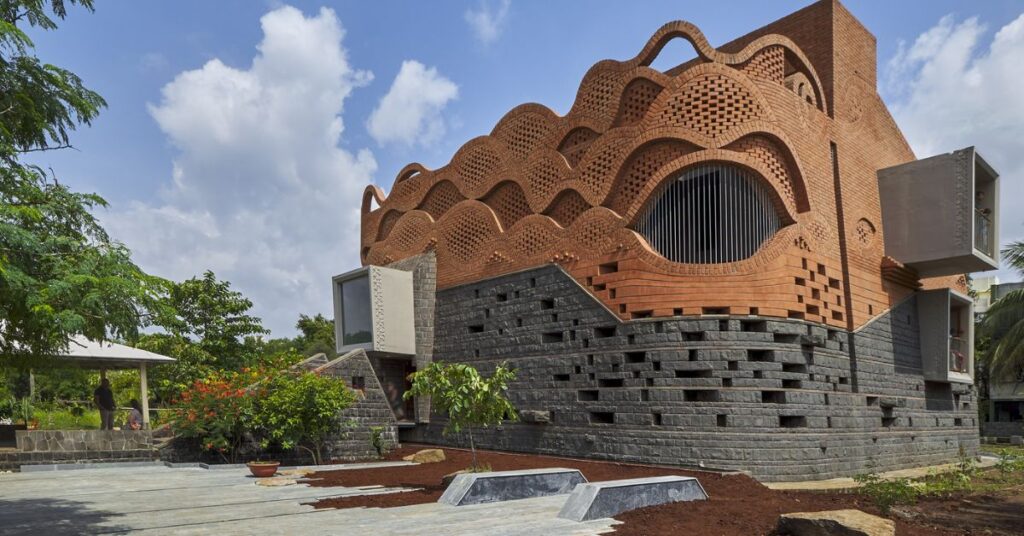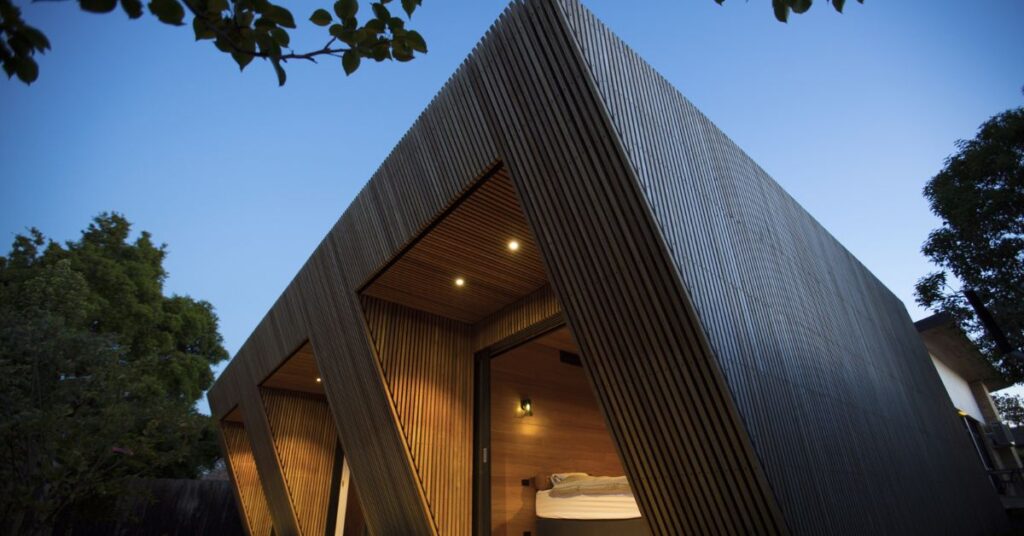When you walk through an Indian city, you experience a unique architectural timeline unfolding before your eyes. In one corner, ancient temples with intricate carvings rise majestically, whispering stories of kings, deities, and artisans. A few steps away, modern glass towers pierce the sky, reflecting the ambitions of a rapidly globalizing nation. This co-existence of tradition and modernity is what makes Indian architecture truly extraordinary. But what exactly distinguishes traditional Indian architecture from its contemporary counterpart? And can the two styles complement each other in shaping the future of design? Let’s take a deep dive into this fascinating subject. Traditional Indian Architecture: Rooted in Heritage Traditional Indian architecture is more than just building design—it is a cultural identity, a reflection of spirituality, and a response to climate. Over thousands of years, India developed architectural styles influenced by geography, religion, rulers, and available resources. Core Characteristics of Traditional Indian Architecture 👉 Essence: Traditional Indian architecture is about cultural symbolism, harmony with nature, and community living. Contemporary Indian Architecture: Modern Aspirations As India embraced globalization and urbanization, its architectural landscape transformed dramatically. Contemporary Indian architecture reflects modern lifestyles, technology, and global influence. Core Characteristics of Contemporary Architecture 👉 Essence: Contemporary Indian architecture reflects innovation, individual aspirations, and urban lifestyles. Traditional vs. Contemporary: A Comparative Study AspectTraditional Indian ArchitectureContemporary Indian ArchitectureMaterialsStone, mud, wood, limeGlass, steel, concrete, compositesDesign PhilosophyVastu Shastra, spirituality, cultureMinimalism, technology, sustainabilityAestheticsCarvings, domes, courtyards, archesSleek lines, modular layouts, glass facadesClimate AdaptabilityThick walls, jaalis, courtyardsSmart systems, insulation, green techSymbolismDeeply cultural & spiritualReflects global …
Traditional vs. Contemporary Indian Architecture: A Fascinating Contrast

When you walk through an Indian city, you experience a unique architectural timeline unfolding before your eyes. In one corner, ancient temples with intricate carvings rise majestically, whispering stories of kings, deities, and artisans. A few steps away, modern glass towers pierce the sky, reflecting the ambitions of a rapidly globalizing nation. This co-existence of tradition and modernity is what makes Indian architecture truly extraordinary.
But what exactly distinguishes traditional Indian architecture from its contemporary counterpart? And can the two styles complement each other in shaping the future of design? Let’s take a deep dive into this fascinating subject.
Traditional Indian Architecture: Rooted in Heritage

Traditional Indian architecture is more than just building design—it is a cultural identity, a reflection of spirituality, and a response to climate. Over thousands of years, India developed architectural styles influenced by geography, religion, rulers, and available resources.
Core Characteristics of Traditional Indian Architecture
- Use of Local Materials
Structures were built using natural and locally available materials like sandstone, granite, teak wood, clay, mud, and lime. These not only enhanced durability but also ensured climate adaptability. - Design Philosophy: Vastu Shastra
Traditional homes and temples were often constructed based on Vastu Shastra, an ancient Indian science of architecture that emphasizes balance, orientation, and energy flow. - Aesthetic Elements
- Intricate Carvings: Temples like Khajuraho or Hoysala shrines showcase jaw-dropping stone carvings.
- Courtyards: Central courtyards served as community hubs, providing natural light and ventilation.
- Domes and Arches: Influenced by Mughal architecture, seen in the Taj Mahal and Fatehpur Sikri.
- Jaalis (Latticed Screens): Provided privacy while keeping interiors cool.
- Functionality and Climate Response
Thick walls kept homes cool in scorching summers, sloping roofs shed heavy monsoon rains, and open verandas created shaded transitions between indoors and outdoors. - Examples of Traditional Architecture
- Sun Temple, Konark (Odisha): A masterpiece of symbolic design.
- Hawa Mahal, Jaipur: Famous for its façade of 953 windows that channeled air flow.
- Mysore Palace: A blend of Hindu, Islamic, Rajput, and Gothic styles.
- Kerala Nalukettu Homes: Wooden homes with inner courtyards adapted to heavy rainfall.
👉 Essence: Traditional Indian architecture is about cultural symbolism, harmony with nature, and community living.
Contemporary Indian Architecture: Modern Aspirations

As India embraced globalization and urbanization, its architectural landscape transformed dramatically. Contemporary Indian architecture reflects modern lifestyles, technology, and global influence.
Core Characteristics of Contemporary Architecture
- Materials and Technology
Glass, steel, concrete, and composites dominate today’s construction. Advances in prefabrication, modular construction, and smart technology have redefined efficiency. - Design Philosophy
Minimalism and functionality take center stage. The focus is on open floor plans, clean lines, and energy efficiency. - Aesthetic Features
- Floor-to-ceiling glass windows for natural light.
- Flat roofs and modular forms.
- Neutral color palettes with bold accents.
- Futuristic facades with LED lighting and sustainable cladding.
- Functionality
- Integration of smart home systems.
- Eco-friendly solutions like solar panels, rainwater harvesting, and green roofs.
- Vertical living solutions in crowded urban areas.
- Examples of Contemporary Architecture in India
- Lotus Temple, Delhi: Inspired by a lotus flower, built with marble, symbolizing modern spirituality.
- Infosys Campus, Mysore: A futuristic tech hub.
- IIM Ahmedabad by Louis Kahn: A modern interpretation of Indian institutional design.
- Luxury residences in Gurgaon & Bengaluru: High-rise apartments with global aesthetics.
👉 Essence: Contemporary Indian architecture reflects innovation, individual aspirations, and urban lifestyles.
Traditional vs. Contemporary: A Comparative Study
| Aspect | Traditional Indian Architecture | Contemporary Indian Architecture |
|---|---|---|
| Materials | Stone, mud, wood, lime | Glass, steel, concrete, composites |
| Design Philosophy | Vastu Shastra, spirituality, culture | Minimalism, technology, sustainability |
| Aesthetics | Carvings, domes, courtyards, arches | Sleek lines, modular layouts, glass facades |
| Climate Adaptability | Thick walls, jaalis, courtyards | Smart systems, insulation, green tech |
| Symbolism | Deeply cultural & spiritual | Reflects global trends & progress |
| Examples | Temples, palaces, havelis | Skyscrapers, IT campuses, smart homes |
Fusion Architecture: The Best of Both Worlds

In recent years, many Indian architects have sought a middle ground by blending traditional wisdom with modern innovation. This approach is often referred to as fusion architecture.
Examples of Fusion Approaches
- Incorporating jaalis in modern homes for natural ventilation instead of relying solely on air conditioning.
- Designing homes with inner courtyards while using contemporary materials like concrete and glass.
- Blending traditional motifs with minimalist layouts.
- Using sustainable local materials (like bamboo and clay) with modern construction techniques.
Fusion design ensures that architecture is not only visually appealing but also climate-responsive and culturally rooted.
Why This Debate Matters
The discussion of traditional vs. contemporary architecture is more than an academic exercise. It reflects:
- Cultural Identity: Traditional designs remind us of our roots.
- Urban Needs: Contemporary solutions cater to fast-paced lifestyles.
- Sustainability: Blending the two offers eco-friendly and socially meaningful spaces.
- Global Image: As India grows on the world stage, its architecture becomes a symbol of national progress while preserving heritage.
Final Thoughts
India’s architecture is a living narrative of its journey—from timeless traditions to cutting-edge modernity. While traditional styles symbolize heritage, spirituality, and community, contemporary architecture embodies innovation, efficiency, and global aspirations.
The future may not lie in choosing one over the other but in harmonizing tradition with modernity. Imagine a smart home powered by solar energy, designed with a central courtyard, shaded by jaalis, and inspired by Vastu principles—that’s where the beauty of Indian architecture truly shines.


